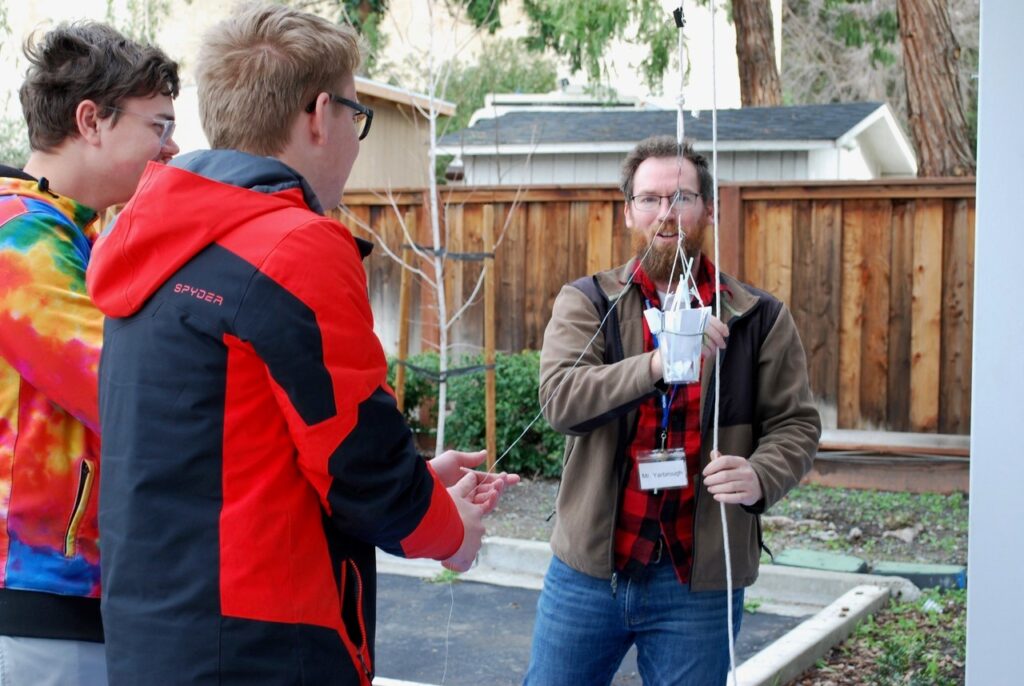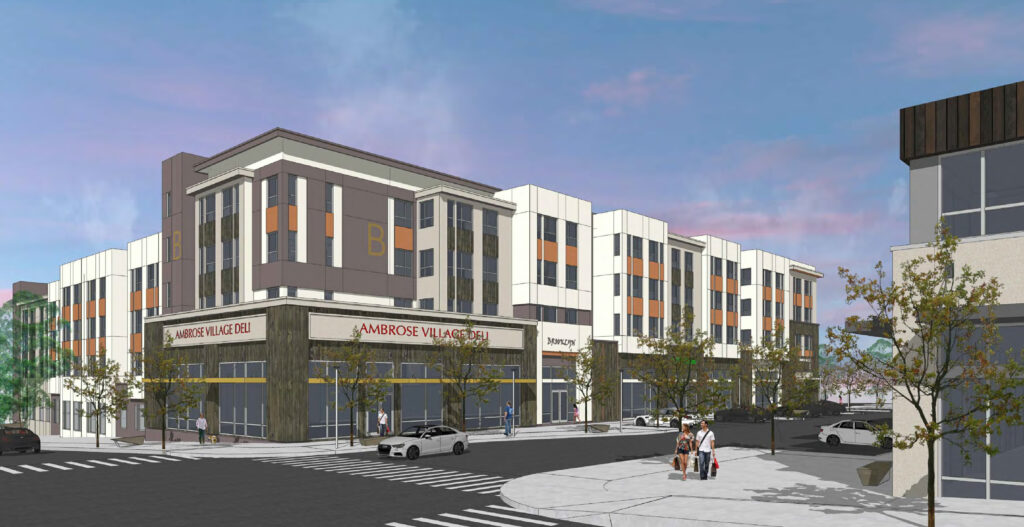
U.S. Rep. Mark DeSaulnier held a reception Friday to announce the winner of the 2023 Congressional App Challenge, Sania Bidurukontam of Dougherty Valley High School. Four Dougherty Valley students tied for second place. Photo: Office of U.S. Rep. Mark DeSaulnier
Dougherty Valley High junior from San Ramon invents CogniPro
3 other Dougherty Valley students and Dublin High team tie for second, third place winner from Monte Vista High
On Friday, Jan. 5, 2024, Congressman Mark DeSaulnier (CA-10) announced that Sania Bidurukontam of San Ramon is the winner of the 2023 Congressional App Challenge (CAC) for California’s 10th Congressional District. Bidurukontam, is a junior at Dougherty Valley High School. She invented the CogniPro app, which aims to reduce misdiagnoses of attention-deficit/hyperactivity disorder (ADHD) and help mental health professionals properly diagnose ADHD. The app includes a 2D platform game and embedded eye tracking to monitor levels of hyperactivity, impulsivity, and inattention, the most common symptoms of ADHD.
“It’s such a joy to see students’ creativity and talent on display each year during our Congressional App Challenge,” said DeSaulnier. “As a proud advocate in Congress for improving youth mental health, I am proud to see young people like Sania working on ways to better identify and address the challenges faced by her peers. Congratulations, Sania!”
Second place was a four-way tie with Advita Goyal (Dougherty Valley High School), Aryan Agrawal (Dougherty Valley High School), Prisha Marpu (Dougherty Valley High School), and a team comprised of Rohan Vij, Ayush Garg, Mohit Varikuti, and Jimin Lim (Dublin High School)—all recognized for their apps SkinScan, WellTeen, Med Track, and Politica AI, respectively. SkinScan helps to identify and monitor skin conditions, WellTeen helps to manage stress and promote mental wellbeing, Med Track helps users track their daily medications, and Politica AI helps users identify political biases and misinformation while reading the news. Third place was awarded to Jacob Trentini (Monte Vista High School) for his app BreatheFree, which monitors air quality and pollen levels.
This year’s winners were chosen by a panel of judges from the STEM and education fields, all of whom live or work in California’s 10th Congressional District.
The CAC is a public initiative to encourage young people to learn how to code in an effort to inspire creativity and encourage interest in STEM education. In the eight years of the CAC, the program has yielded 46,928 applicants across all 50 states.













